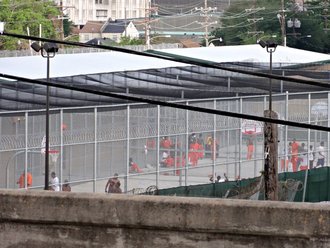The juvenile court system is different from the adult system, as rather than being arrested after committing an offense, youth are detained instead.¹ Following detainment, a petition is drawn up that outlines the jurisdiction authority of the juvenile court over the offense and detained individuals. This petition serves 3 purposes¹ :
- Gives notice for the reason for the court appearance;
- Serves as a notice to the minor's family;
- Is the official charging document.
Juvenile justice procedures follow 3 main steps²:
- Intake: this step involves law enforcement, in which juveniles are subject to consequences based on their offenses. A police officer can either give the juvenile a warning, retain him in detention for trial, or place the child in the custody of his parents.
- Sentencing: it is the responsibility of a family or juvenile court judge to decide whether a juvenile is guilty. Normally, a juvenile found guilty will receive a sentence or have supervisory probation.
- Release: a juvenile can be released with or without restrictions. When released with restrictions, he must comply or face additional consequences. Youth who require extensive rehabilitation and resources may be placed in a high-management group home or a juvenile correctional facility.
Once in court, the juvenile case is adjudicated and a disposition is handed down. Unlike adult records which are accessibly by anyone under the Freedom of Information Act (FOIA), juvenile courts are sealed documents to protect their identities. This tactic is designed to ensure that the crime the youth commits does not follow the juvenile for life.¹
Juvenile courts are typically organized in one of three ways¹
- as a separate entity;
- as part of a lower court, such as a city or district court;
- as part of a higher court, surch as a circuit or superior court.
References:
1. FindLaw. Juvenile Court Procedure. Retrieved May 1, 2014, from http://criminal.findlaw.com/juvenile-justice/juvenile-court-procedure.html
2. Steffy Claire (eHow). Juvenile Justice Procedures. Retrieved May 1, 2014, from http://www.ehow.com/list_6594242_juvenile-justice-procedures.html
© BrainMass Inc. brainmass.com July 17, 2024, 1:04 pm ad1c9bdddf